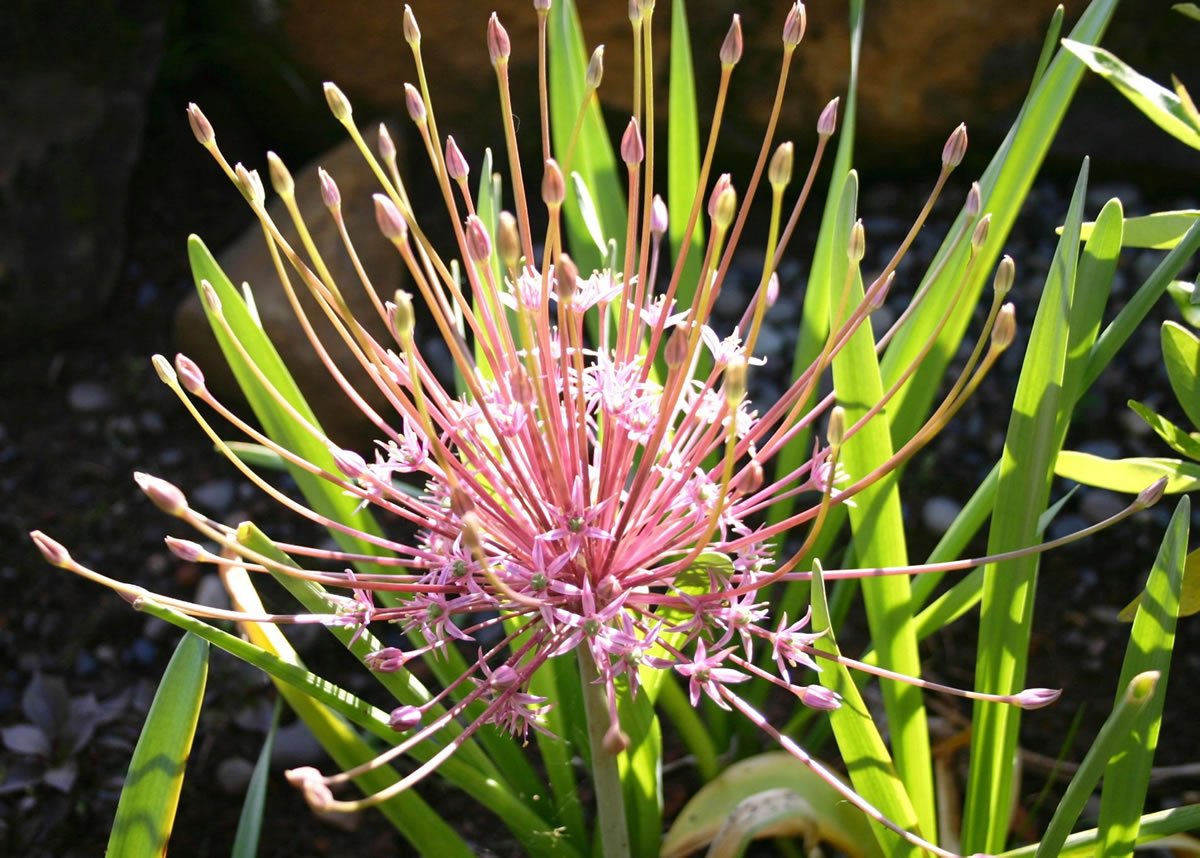If your intention is to plant annuals or annual seeds directly in the garden, remember that those put out a few weeks later in the season often overtake the ones planted earlier. This is simply because they are less likely to receive a weather check to their growth. One of the most common causes of disappointment for novice gardeners is sowing or planting too early in spring. I know many gardeners who lost their first planting to a late frost and had to replant once temperatures warmed for the season.
To be fair, I have also spoken with many gardeners who rarely lost annuals that they planted early. They took a chance and dodged that disaster. The fact is, even if we use only those plants that have proven to be completely hardy when mature, they are still vulnerable to frost and freezing wind when they are young. If you can’t wait to plant, providing temporary protection against drying winds or late frosts might still be necessary. Keep your eye on the weather.
Rose gardens are often held up as an ideal in the mind of the gardener. They contain all the elements of perfection. Many begin with a formal layout, delineated by evergreen boxwood hedging and backed up by evergreen yew. Even in the midst of winter snow, the classic rose garden layout is evident in its formal pattern. In reality, they seldom achieve this ideal, but I had to try it for myself.
My first rose choices were spontaneous purchases that looked good in their nursery pots. Mostly hybrid teas, their beauty faded quickly once I got them home and planted in the ground. Leggy and prone to disease, they held no beauty for me. Without perfect conditions, they soon developed black spot and mildew. I was disappointed, except for the rare occasion when there were enough flowers to fill a vase.
Shrub roses
Roses need at least six hours of full sun each day to flourish. That is not possible on a property surrounded by 70-foot-tall Douglas fir trees. The more I looked around at other gardens, the greater my respect grew for landscape shrub roses. In general, these carefree plants sport branches and foliage from the ground up. They can be deadheaded with a pair of hedge shears to keep them a certain size, or left unpruned and still repeat their flowering through the growing season and into late autumn.
Landscape and shrub roses give your garden long-lasting, disease-resistant flowers that require very little care. One of the most successful varieties in my garden is the Knockout Rose, a lovely red semi-double that blooms for many months. Knockout Roses also come in pink, yellow and bi-color blends. They flower well for a long season, especially if pruned back regularly from 2- to 4-feet high. They even shade out most weed growth at their feet.
Many of the shrub roses are labeled low-maintenance. This does not mean no-maintenance. There might be a few roses out there that thrive on no care. Most roses require some special attention such as watering deeply on a regular schedule at least twice a week and a season-long fertilizing schedule. For the most prolific flowering, prune roses regularly to ensure ongoing blooms through the growing season.
I have always been partial to a diverse group of bulbs commonly known as ornamental onions. They are listed in garden dictionaries as Allium. Alliums bloom in spherical flower heads of white, yellow, purple and pink. Each colorful flower head is made up of clusters of tiny, star-like blossoms on branched panicles. Alliums are a diverse group of bulbs whose flower heads range from tiny knots of tight blooms to volleyball sized inflorescence.
Ornamental onions perform beautifully in the Southwest Washington garden, blooming from late spring through early summer. There are many uniquely stunning varieties available. Allium “Giganteum,” “Gladiator” and “Cristophii,” the Star of Persia, with its bluish-purple flowers, are three favorites. Each adds spectacular color and dimension to the garden. The large-flowered varieties are so eye-catching the Dutch call them Big Ball Onions.
My favorite is Allium “Schubertii,” a dramatic selection with 12″ to 24″ flower heads reminiscent of July 4th sparklers. A. “Schubertii” sports loose, sparkling, rose-purple flower heads filled with alternating star-shaped florets. Allium “Cristophii” and others are suitable for heirloom gardens. All are easy to grow when given good drainage and light loamy soil in full sun. I admire their unique ability to be whimsical and elegant at the same time.
Robb Rosser is a WSU-certified master gardener. Reach him at Write2Robb@aol.com.



